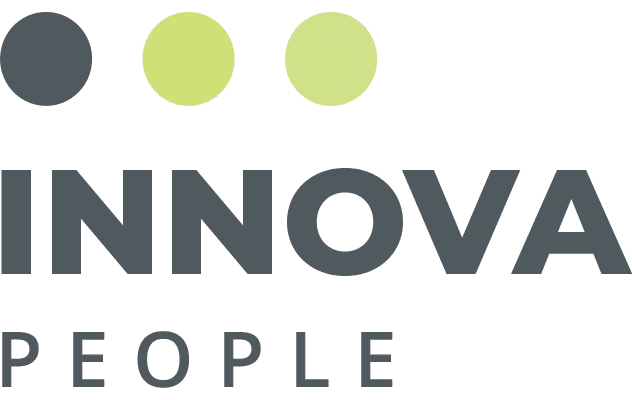Your resume nailed you an interview. While the average interview can last up to 40 minutes, 33% of hiring managers say they know within the first 90 seconds if you’re the person they want to hire.
To help put that into perspective, here’s what you can do in 90 ticks; that’s the average amount of time it takes to respond to a text message or sing the national anthem.
Your interviewer has already decided whether you’re the right person for the job, in that small window of time.
Here’s some insight into what other factors play on whether you make an excellent first impression.
Spend Time Researching the Company
Do we really need to list this one? Surprisingly, 47% of hiring managers give a big strike for not doing your homework. Having little to no knowledge of the company you are interviewing with is the most common interview mistake.
It doesn’t take long to spend some time on LinkedIn or Google and find some recent news or learn more about a company’s history. Then drop that knowledge during the interview. Showing a genuine interest in the company goes a long way.
Dress for the Part
What you wear may be the deciding factor between two identical candidates and could get you the mental ax if you’re trying too hard. 70% of hiring managers said they don’t want candidates to be too trendy or too fashionable.
Keep it classic and simple.
Eye Contact
Not surprisingly, 67% of the hiring managers surveyed counted out candidates that had issues making and keeping eye contact.
Holding someone’s gaze for an appropriate period is a nonverbal cue that tells the other person you are engaged and want to keep talking. By contrast, breaking eye contact communicates you don’t want to continue the conversation and desire some distance, which can be rooted in the psychological need to protect yourself from anticipated embarrassment, shame, or other negative feelings that could come from the interaction.
Smile More. Be Confident
Preparation grows confidence. If you’re feeling extra nervous, crack a smile. Science shows it builds your confidence level. When 38% of hiring managers counted people out of the running that didn’t smile or show any confidence.
Need help preparing for your next interview? Contact INNOVA People for more tips to make a lasting first impression.



